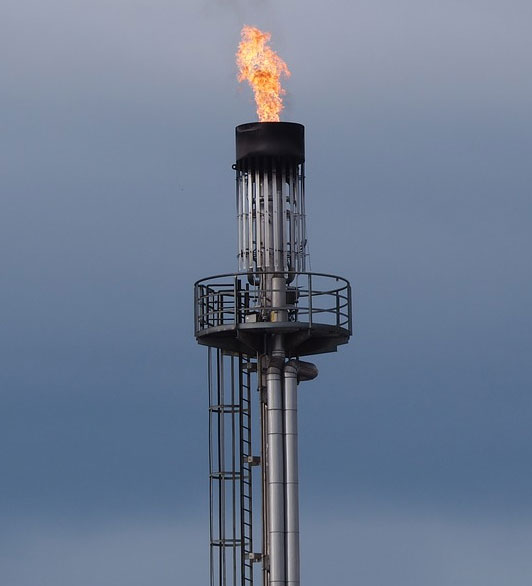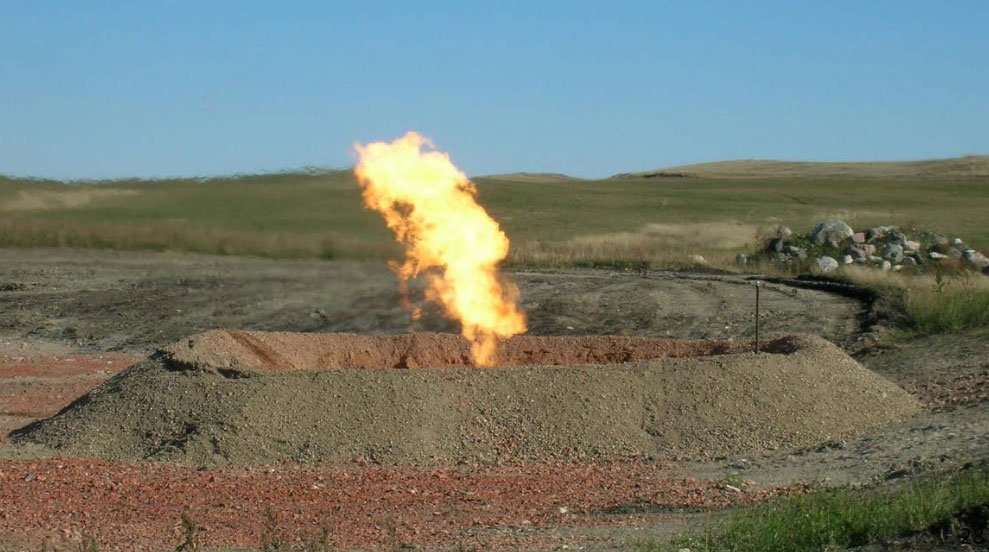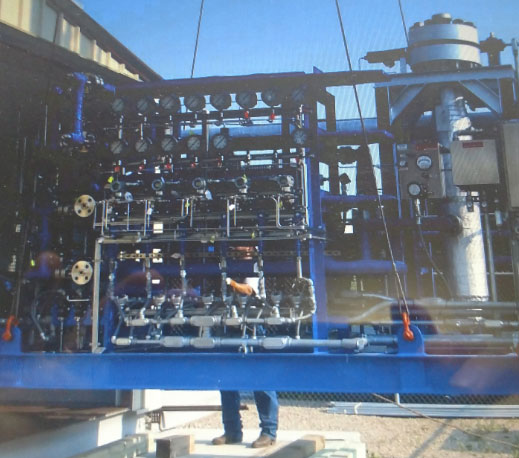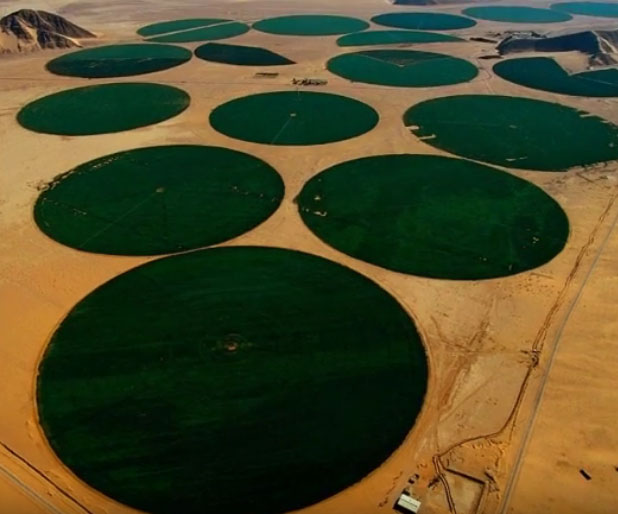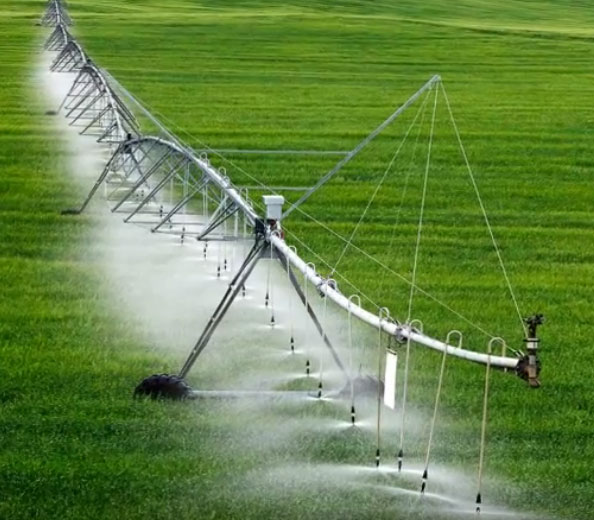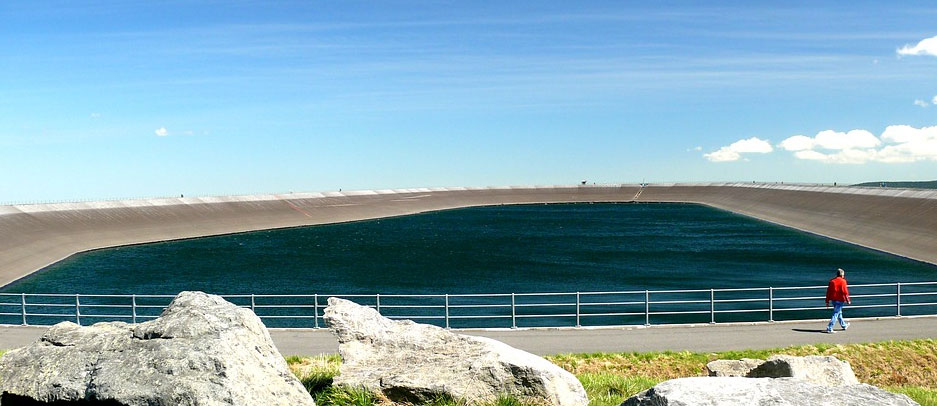CSI has developed technology in several diverse sectors. CSI systems are designed to generate clean energy and reduce or eliminate what are often viewed as waste products and emissions. Application of our technology results in lower energy costs, greater profitability and a cleaner environment.
CSI Systems applications include:
- On Site independent power generation and storage systems designed to reduce peak power operational costs.
- Mitigation of flare gas combustion within the Bakken oil and gas production fields through conversion of flare gas energy into low cost low carbon electrical energy. These systems allow energy companies to produce more efficiently in securing our national energy independence and meet environmental quality requirements.
- CSI technology allows development of irrigable agricultural lands for farm production in regions lacking affordable electrical energy.
- Our systems further refine vehicle tires entering the recycling stream in a process resulting in generation of low cost clean electrical energy energy and beneficial by products which are used in industrial applications.
- CSI’s foundational technology is production of NH3, anhydrous ammonia, on a localized level which provides an essential plant nutrient from clean energy sources providing lower input cost to the agricultural community.
C-fficiency’s Decarbonized Alternative for Waste Gas - DAWG™
The “DAWG™” system is based on C-fficiency Systems, Inc.’s (CSI) patent-pending advanced ‘pump-and-drop’- style version of a ‘flowing fuel cell’ technology that efficiently and cost-effectively turns previously wasted natural resources into electric power and, as such, reduces or eliminates CO2 emissions. Increasingly today, regulatory limits on CO2 emissions have required oil well operators to curtail oil production in order to meet those environmental mandates. CSI’s solutions provide both the most effective methods of CO2 emission reduction and the most efficient monetization of this valuable waste stream.
Wherever access to the electric grid is available (as it is in most cases), CSI’s DAWG™ system creates the opportunity for well operators to sell excess electric power back to the grid when peak demand and price are high. Further, in addition to supplying electricity to local facilities, inexpensive and renewable electric power can be used to economically produce local supplies of anhydrous ammonia (NH3) – a renewable fertilizer and fuel source – and core product of CSI’s energy systems. This helps insure global food security now and for generations to come while reducing farm operating costs and carbon emissions.
Natural gas resources are commonly flared in many areas where oil is produced, transported and refined. Widely-accepted estimates of natural gas volumes flared (wasted) to the atmosphere from petroleum operations around the world exceed 14 billion cubic feet (bcf) daily – or over 5 trillion cubic feet (tcf) annually! That’s enough to supply the natural gas needs of the entire US for nearly 3 months. Flaring is a significant contributor to the CO2 emissions and, through recovery and utilization capabilities of CSI’s systems an excellent means for CO2 reduction, improved resource conservation, and additional revenue generation is available.
The combination and optimization of flare reduction technologies represented by CSI’s DAWG system – the conversion of flared gas into various useful products – defines a ‘win-win-win’ scenario for producers, consumers, and the environment alike. With so much gas flaring in regions and communities far from the established energy gathering, processing, storage and transportation facilities, utilization opportunities and conversion options for the gas must be carefully examined. There are multiple pathways to market for the products derived from the capture and conversion of flared gases. While many factors such as location, gas volume and quality, local/regional economics, etc. will influence which pathway is the most productive and lucrative, generally speaking electric power generation for local use, and for establishing “micro-grids” would be a boon to many remote, economically challenged and otherwise distressed communities.
Benefits
Power Production
- Electricity to Power a Wide Variety of Commercial Operations
- Peak Power Sales to Local Utilities
- Power Sales to Oil Producers
- Power Sales to Other Local Customers
- Creation of Independent Micro-Grids
NH3 Production
- Local Sales to Fertilizer Distributors
- Local Sales the Agricultural Community for Low-Carbon Fuel Additive
- Local Sales to Hydrogen Suppliers
CO2 Credits
- Tax Benefits Associated with Reduced CO2 Emissions
- Relief from Oil Production Curtailments for Oil Well Operators, Refiners, Transporters
C-fficiency’s Thermal Poly Generation
CSI’s Thermal Poly Generation (TPG) systems employ a myriad of advanced proprietary technologies that greatly improve conventional processes for capturing, converting, and re-using waste energy in agricultural and manufacturing applications. The TPG system collects thermal energy from virtually any stage of thermal energy source production or utilization. While renewable energy sources (solar, wind, biomass, geothermal, etc.) are preferred low CO2-emitting energy sources for excess heat harvested by CSI’s TPG, conventional natural resources (such as natural gas) and their related stages of heat-generating usage (internal combustion, power generation, etc.), also represent potent sources for application of TPG as ‘add-on’ energy production.
In addition to utilizing the heat created from, for example, biomass retorting, the syngas commonly generated from the retorting process can, in turn, also be used as a heat source for TPG applications. The energy generated from this multiple re-use of thermal energy can be used to create electric current used in hydrolysis to produce hydrogen gas through thermochemical water splitting. Hydrogen gas (H2) is a potent zero-CO2-emitting fuel source and a vital component in the production of fertilizer as NH3 (anhydrous ammonia). Further uses of evolved heat include steam generation for producing electricity by means of a steam turbine in a Rankine cycle or Stirling Engine. The subsequent uses of heat in the TPG system represent continuing list of efficiency enhancing, energy generating applications.
Due to the large volume of excess heat associated with all virtually all manner of internal combustion (IC) engine, this heat source for CSI TPG represents virtually endless energy and other product production potential. Natural gas compressor stations, used to move natural gas through the US pipeline system, are prime examples of IC facilities that generate huge volumes of excess (and often un-utilized and wasted) heat that can initiate TPG potential. Located as they often are in rural and remote agricultural regions, natural gas compressor stations are ideal sources of TPG for fertilizer production and sale. There are over 1350 large compressor stations in the US – many in remote and agriculturally-dependent areas.
IC engines fueled with syngas, ethanol, ammonia, or other renewable or partially renewable fuel are also attractive TPG sources for CSI. Exhaust heat from the IC engines is used as a thermal energy source and/or chemicals in the exhaust are used as precursors for other processes such as ethanol production, biological processes, etc. In an agricultural location, heat transfer from solar collectors may be installed on the corners of pivots (land not reached by center pivot irrigation systems). Groundwater can then be used as a low temperature source and/or heat sink for the Stirling Engine, TEG, Rankine cycle, and/or ORC (and/or any other heat exchange process).
TPG is one of the most effective measures for increasing energy efficiency systems for simultaneous heating, cooling and electricity production in a wide variety of energy productive applications. As an integrated process, TPG consistently has three or more outputs that include descendent energy outputs that are produced from one or more resources. In this way, TPG is a substantial increase in overall efficiency that enhances economic viability of power production and reduction of greenhouse gas emissions.
Benefits
Power Production
- Improved, High Efficiency Power Production a Wide Variety of Commercial Operations
- Power Sales to Other Local Customers
Syngas:
- Hydrogen Production – Local Sales to Hydrogen Distribution, Suppliers & Retailers
- NH3 Production
- Biochar (from biomass retorts)
- Local Sales to Fertilizer Distributors
C-fficiency’s Pivot Powering
C-fficiency Systems Inc. (CSI) Pivot Powering (PP) is a method for utilizing currently un-used land in the form of non-irrigated corners of center-pivot irrigation (CPI). CSI’s PP is used to produce low-cost, renewable electric power to conduct agricultural and industrial operations at the site. By matching available energy resources (Solar, wind, biomass, others) with patent-pending technologies and innovative energy production, storage and utilization processes, and precision digital control systems, CSI’s PP system increases the irrigation efficiencies and reduces operating costs in support of economically viable farming operations and reduced CO2 emissions.
CSI’s PP system concept derived from farming entities that are operating irrigated farms but increasingly cannot afford fuel and power costs to power irrigation, especially at remote locations. In many areas where additional arable land could be made productive with irrigation, operating costs for conventionally-powered pump systems are too high to operate the irrigation pumps. Using micro-grid architecture, enabled by CSI’s PP system, pumping costs are significantly reduced. Utilizing advanced technology electric power generators, heat exchangers, redundant co-generation technology, exhaust, and solar power – all tied together with a state of the art digital monitoring and control system – CSI can demonstrate dramatic cost reductions for irrigation and other farm operations including costs for soil amendments and nutrients and fuel costs for operating farm equipment and vehicles.
In addition the significant reduction in energy costs, CSI offers further system enhancement with energy storage options that capture excess energy that would otherwise go unused. The NH3 (anhydrous ammonia) storage solution, made possible by CSI’s micro-grid design and the resultant reduced costs for power, creates low/no carbon emitting energy utilization and conservation, as well as reduced operational risk and opportunities for increased revenues.
With the modular and scalable nature of CSI’s designs, solar and NH3 storage can be added at later dates without impacting the original cost reduction installations is a significant way. Should additional energy be required at a future date, the facility can also be expanded as needed to facilitate additional irrigation systems, power for other purposes, or excess energy can be sold in the form of NH3 or electricity back to the grid (if grid connection is available).
A recent study (2011) was conducted by the NREL and US DoE to explore the potential for solar installations on non-irrigated corners of CPI fields in Colorado. The total area of non-irrigated corners which could host CSI’s PP-type power production facilities was estimated at over 223,000 acres (equivalent to nearly 350 mi2). The total potential annual electricity production was estimated to be over 56,800 gigawatt hours (GWH), with an average of 1.3 GWH per site. With over 175,000 CPI located in the US, virtually all with connection to the electric grid, CSI’s PP could significant portions of the nation’s electric power needs.
Benefits
Power Production
- Low Cost, Low Carbon Renewable Electricity Production
- Measurable Energy Savings for Irrigation
- More Farm Acreage in Production with Higher Yields
- Peak Power Sales to Utilities
- Power Sales to Farm Operators & other local customers
- Creation of micro-grids for energy security
NH3 Production
- Reduced Fertilizer Costs
- Low Cost Fuel Supply for Power Production, Vehicles, Farm Equipment
- Local NH3 sales to Distributors
C-fficiency’s Linear Compression (CLC)
A hydraulic air compressor (HAC) is a compressor with no moving parts. Atmospheric air is compressed in near-isothermal (constant temperature) conditions in a vertically downward flowing mixture of air and water. HACs have great potential to reduce the costs of supplying compressed air many applications. Reduced maintenance costs from their high reliability, superior longevity, and the high energy efficiency is provided by near-isothermal air compression dynamics.
The energy efficiency of the HAC compression process stems from the intimate contact between the gas and liquid phases which allows for simultaneous cooling of the gas phase by the liquid phase at the expense of gases dissolving into the liquid phase. In contrast the air absorption phenomena of mechanical HACs leads to a significant reduction of work performance in gas compression systems and must be quantified and controlled to fully realize the energy savings offered inherently from a near-isothermal compression process.
While HACs offer a more energy efficient and reliable approach to air compression, they have historically relied on the existence of a nearby water course. Key innovations of the C-fficiency Linear Compressor (CLC) includes the use of a closed-loop configuration so that no nearby water course is required. The closed-loop also allows greater control and management of pressures and temperature to maximize utilization of energy contained in the system.
CSI’s CLC closed-loop, isothermal, gas/air compressor simply utilizes gravitational force acting on a descending fluid (water) in a vertical fluid compression chamber such as a pipe. Gas (air) intake in the fluid (water) takes place in the vertical fluid compression member at approximately the maximum elevation of the vertical fluid compression member. At approximately the bottom of the vertical fluid compression member, the air, now compressed, is collected in a sealed reservoir. Value-controlled compressed air outtake pipe(s) connect to the sealed air reservoir so that compressed air may flow out to provide positive power for work.
Benefits
Power Production
- Electricity to Run Equipment and Industrial Processes
- Measurable Energy Savings
- Renewable Energy Storage
- Peak Power Sales to Utilities
- Power Sales to Farm Operators
- Micro-Grid Systems
- Superior Cooling Capacity
